The Maya of the Yucatan
When you first hear the word Maya what do you think of? Probably giant pyramids, hieroglyphic script, human sacrifice, strange rituals and advanced knowledge of the stars. Or perhaps you think of the Maya calendar and the prediction of the end of the world in 2012. Whatever it is, deep mystery, intrigue and an exceptional, knowledgeable culture always seem to come to the forefront. But what happened to the Maya? Who are they?
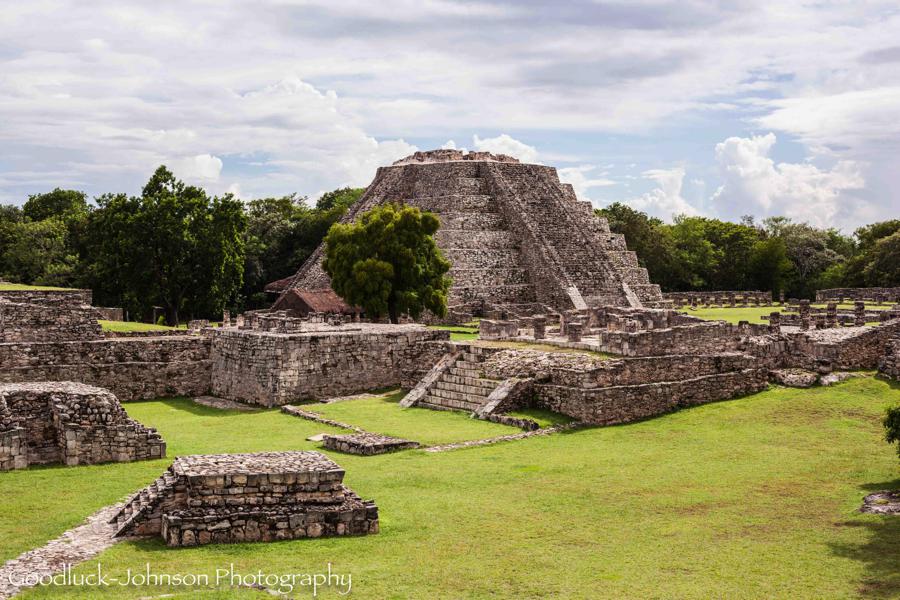
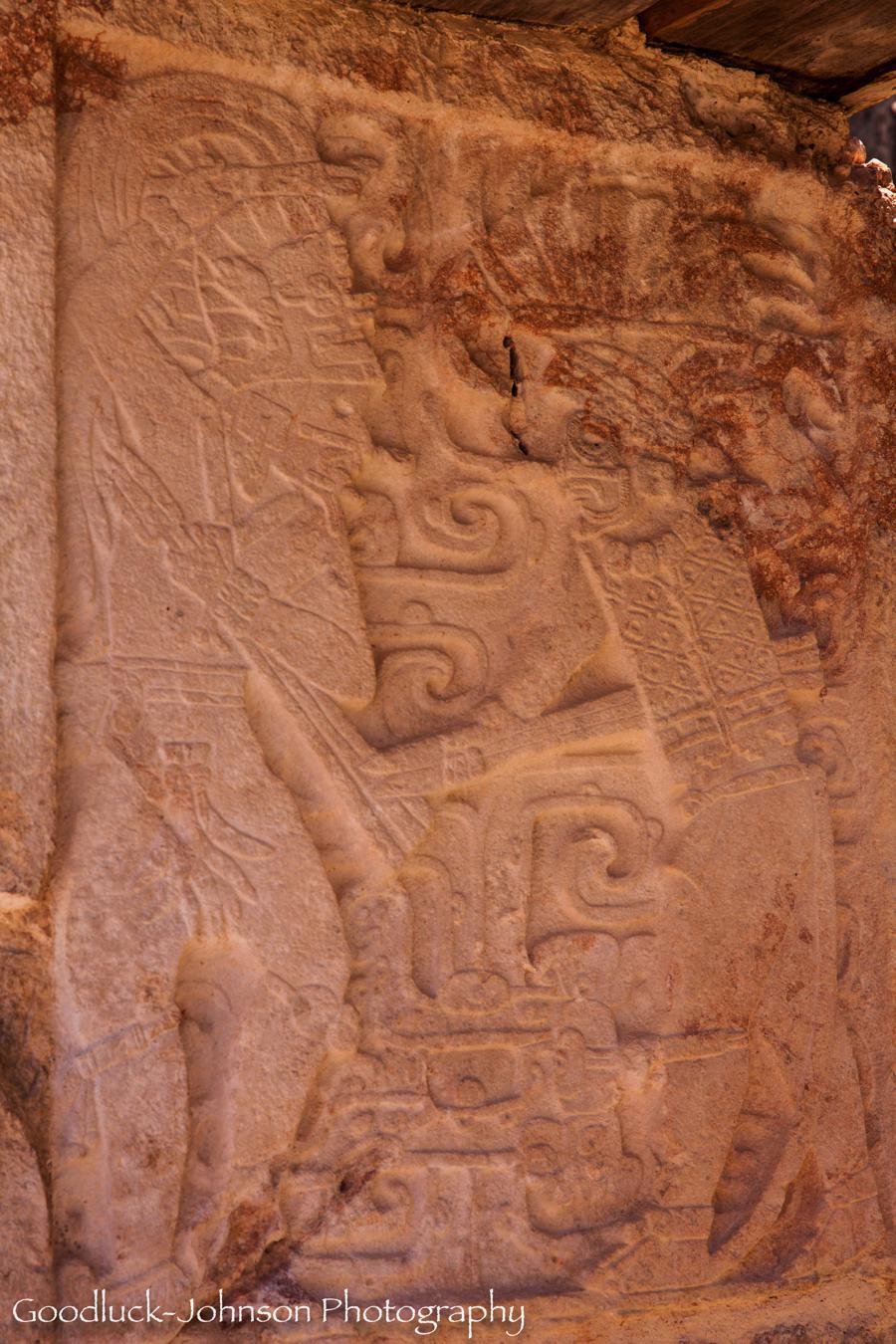


What Happened to the Maya?
When you visit a Mayan ruin for the first time and stare up at the imposing, stone steps of a 100 foot tall pyramid, it is an experience you will never forget. When we first saw the ruins at Tulum, teetering on the edge of the cliffs overlooking turquoise Carribean waters, we were in awe. Or when we biked through dense jungle to the bottom of the Coba pyramid and ascended that giant mountain for a million dollar view we thought we were in heaven. We looked out over a blanket of jungle and we could see for as far as the eye can see. Or when we first arrived at Chichen Itza and marveled at the wonder of the giant Castillo… a fascination was kindled that will never be extinguished.
Who built these magnificent structures? Where are they now? Again, we thought to ourselves – what happened to the Maya?

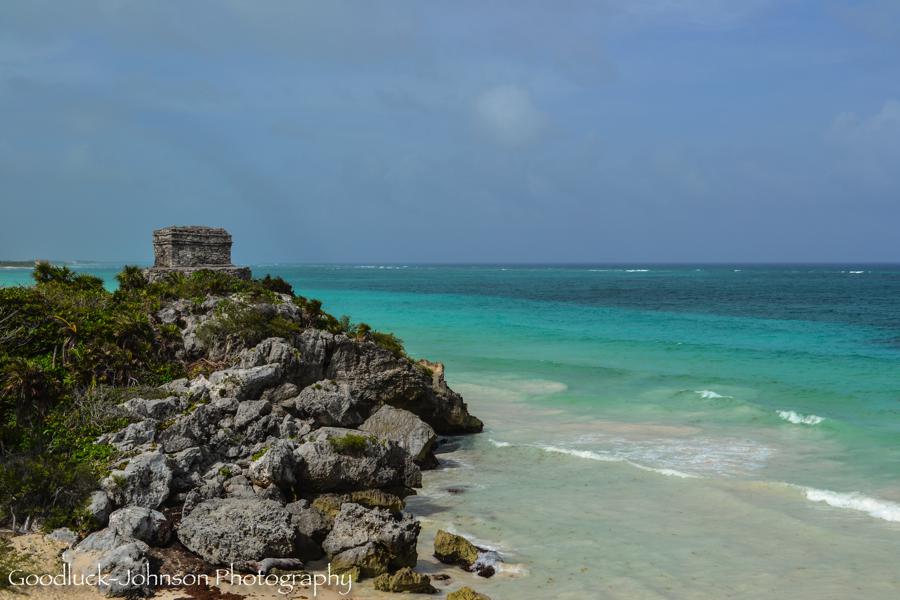
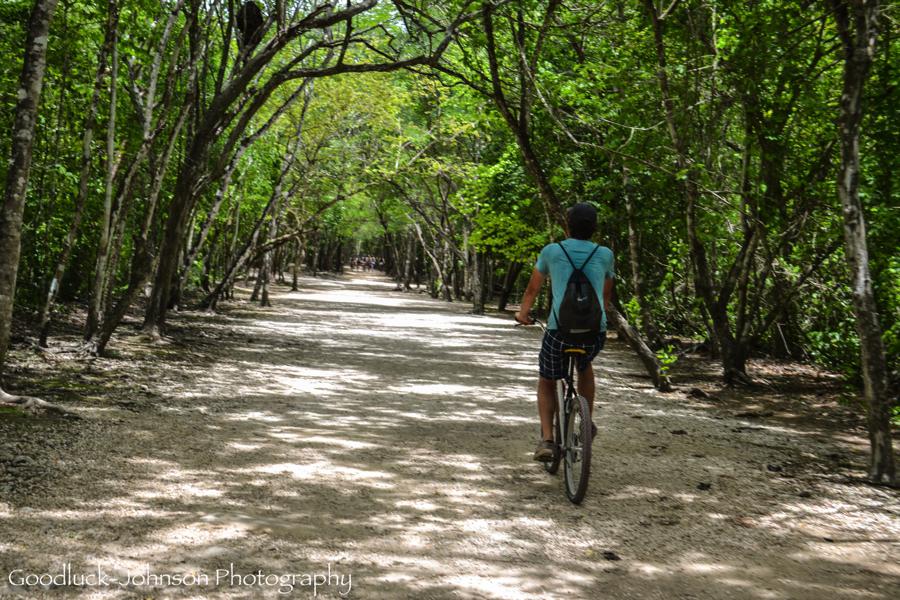
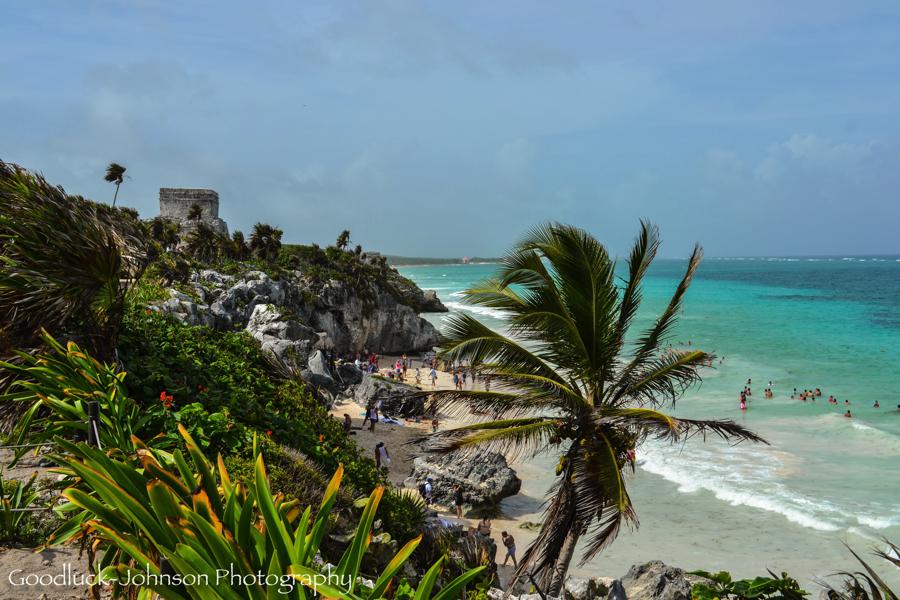
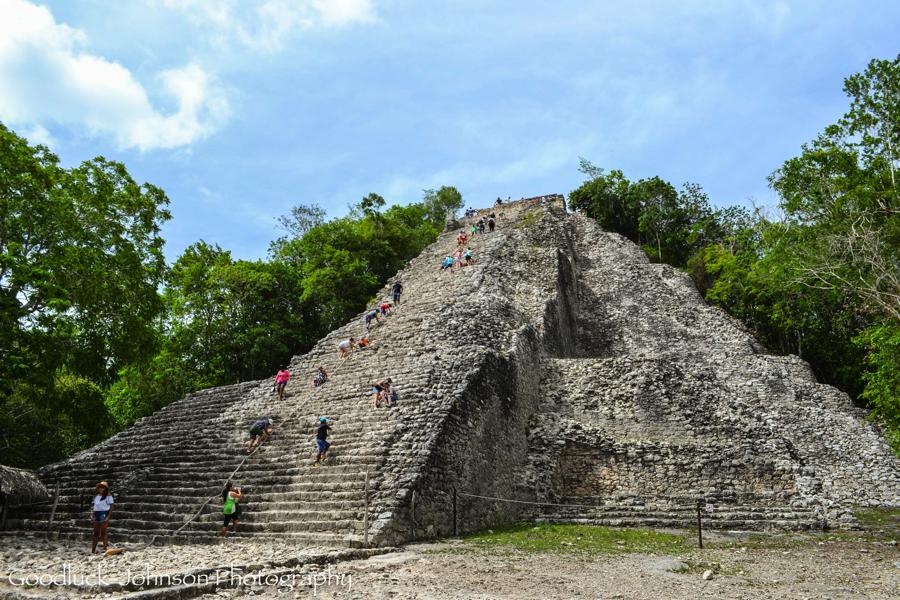
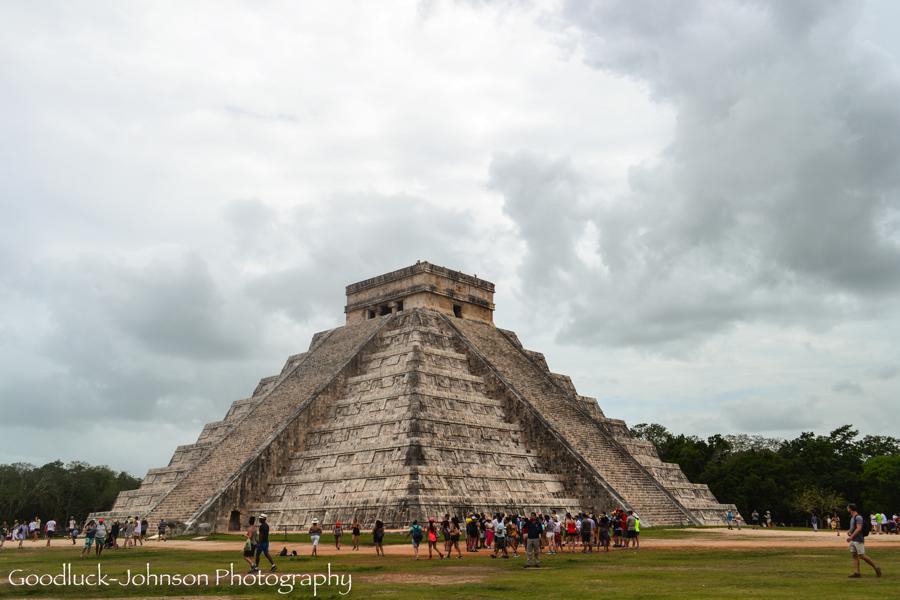
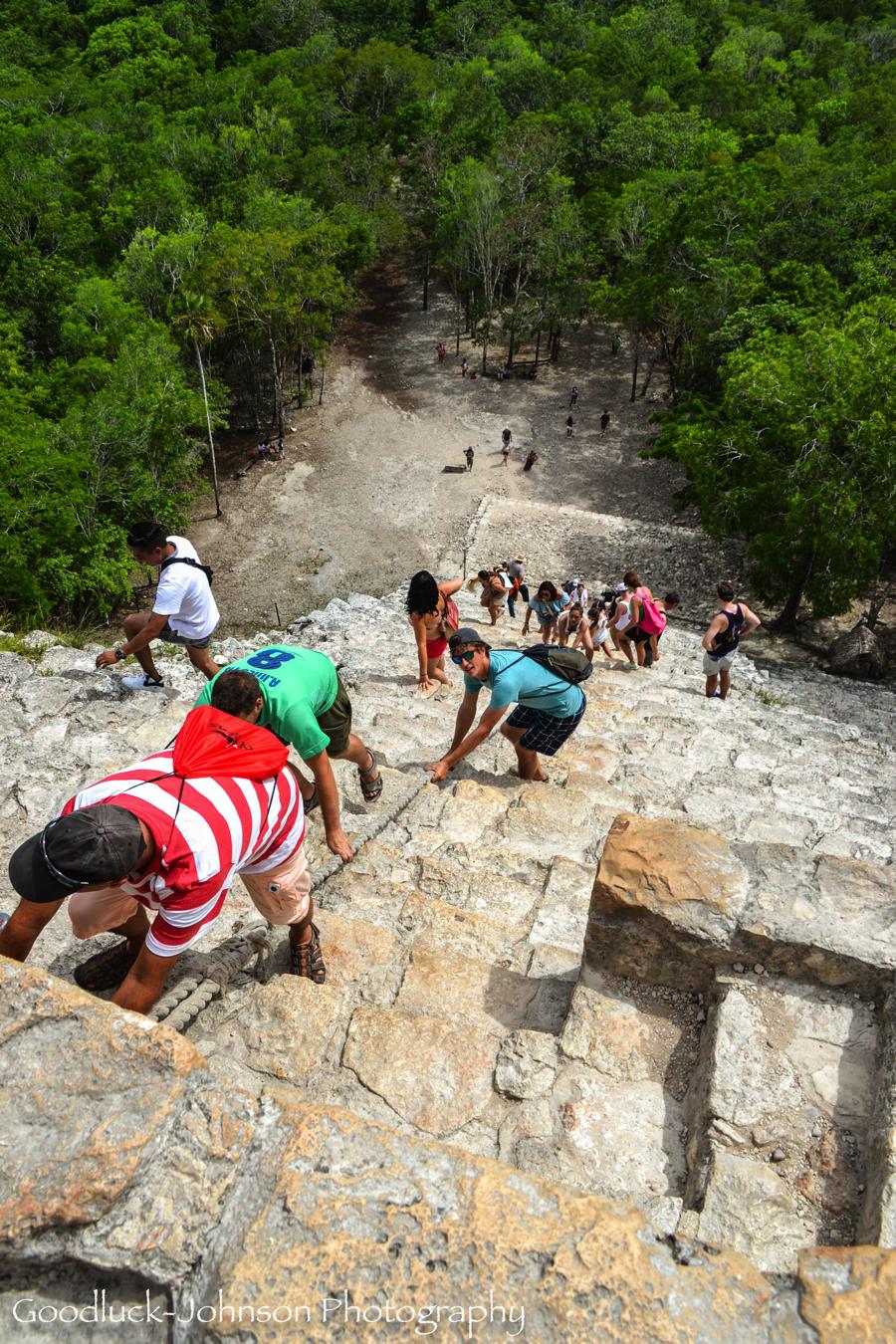

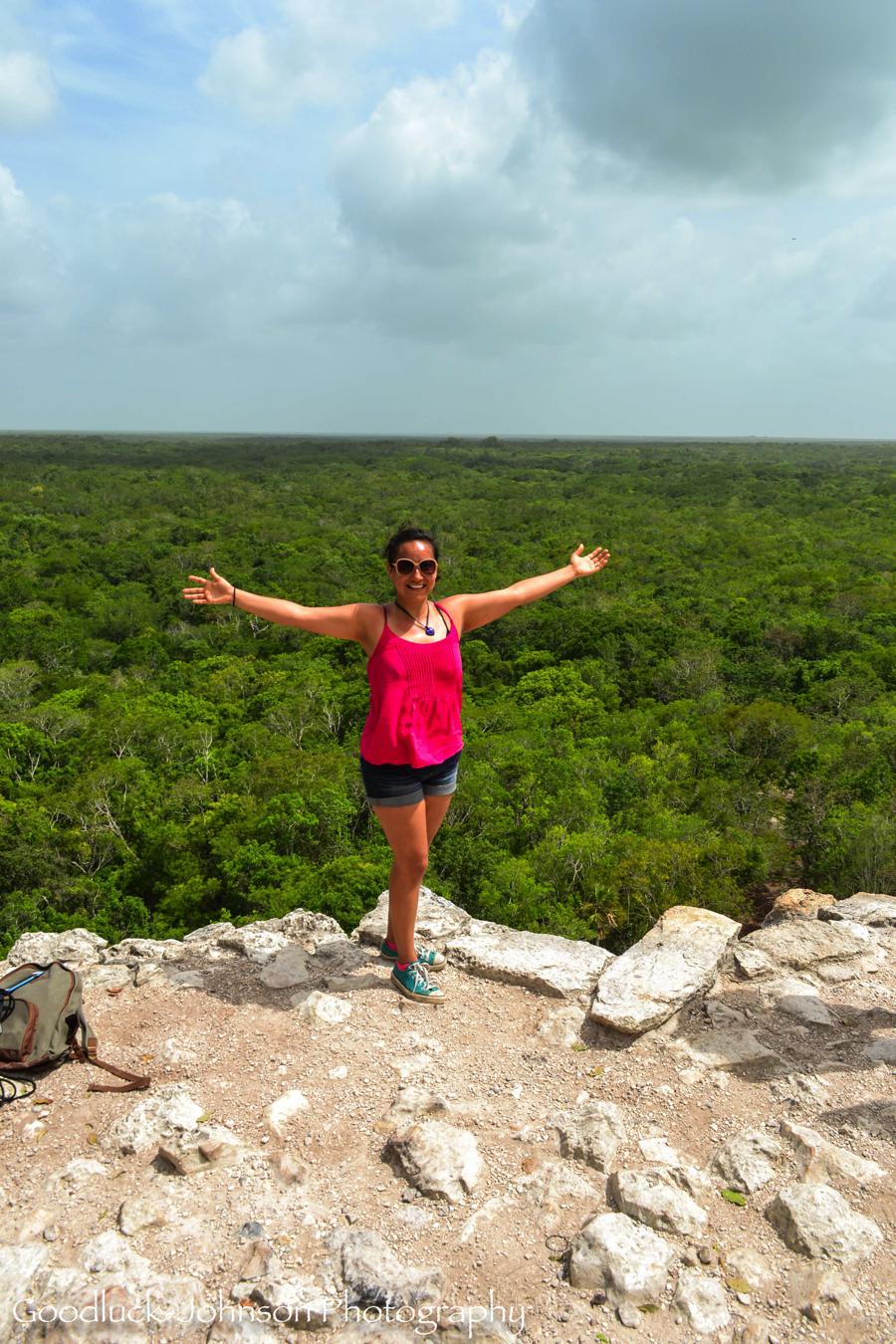
Myth #1: The Maya Disappeared Centuries Ago
On our first trip here we came for a two-week vacation in the Spring of 2017. At that time we had no idea so many Maya people still lived here. Why? Maybe because The History Channel type shows often only focus on the ancient civilization of the Maya. And they typically exclude the fact they are still here today. The insinuation is that the great Maya civilization disappeared centuries ago. But this couldn’t be further from the truth.
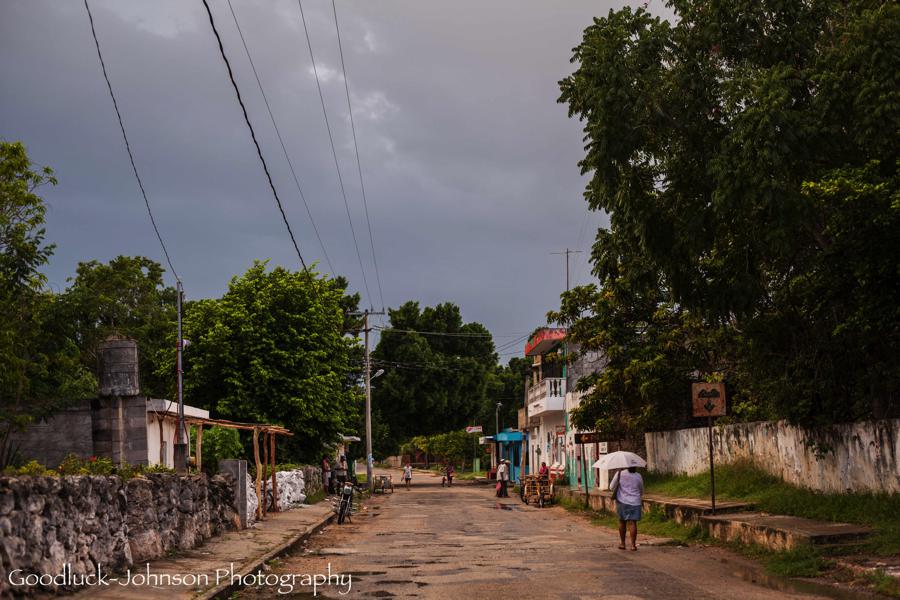
Why We Initially Moved Here
One of the major reasons that drew us to move to the Yucatan, was getting to know about the modern Maya. Additionally, we were also drawn here due to our fascination with their ancient civilization and what they left behind… archeological ruins, hieroglyphics, knowledge of astronomy, science and calendars, architecture, stories, legends and more.
The Maya Endure
Then we got to see a glimpse of how that ancient culture has been preserved by the Maya people. It has survived terrible blows throughout history. Calamities such as colonialism, forced religious conversion, serfdom, slavery, mass book burnings, religious persecution, assimilation, war, famine, disease, death and more. But the Maya culture is very strong. It has been passed down generation to generation to continue to exist to this day, despite how much has tried to impede it.
Cassie can’t help but think of her own Navajo ancestors and their struggles and triumphs throughout history. They share a similar story.
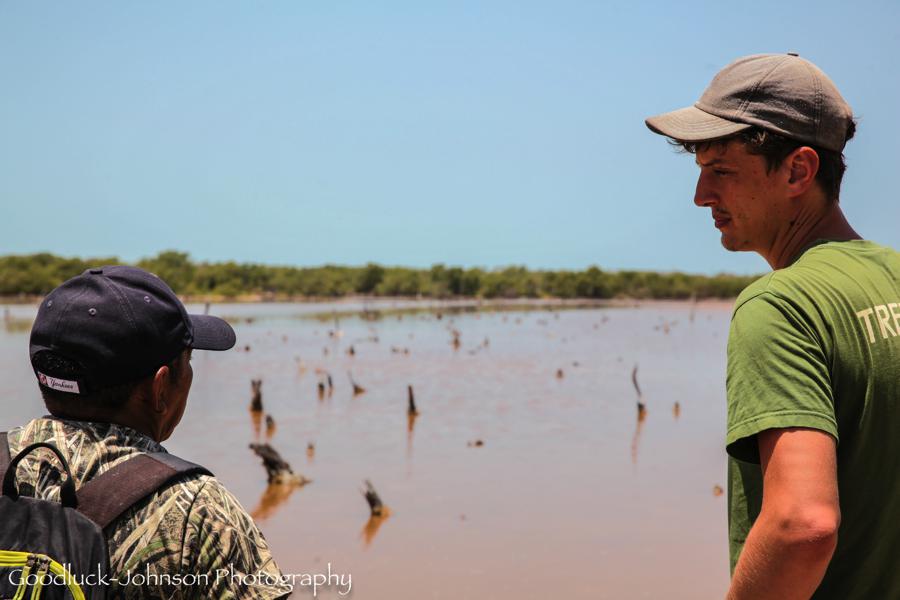
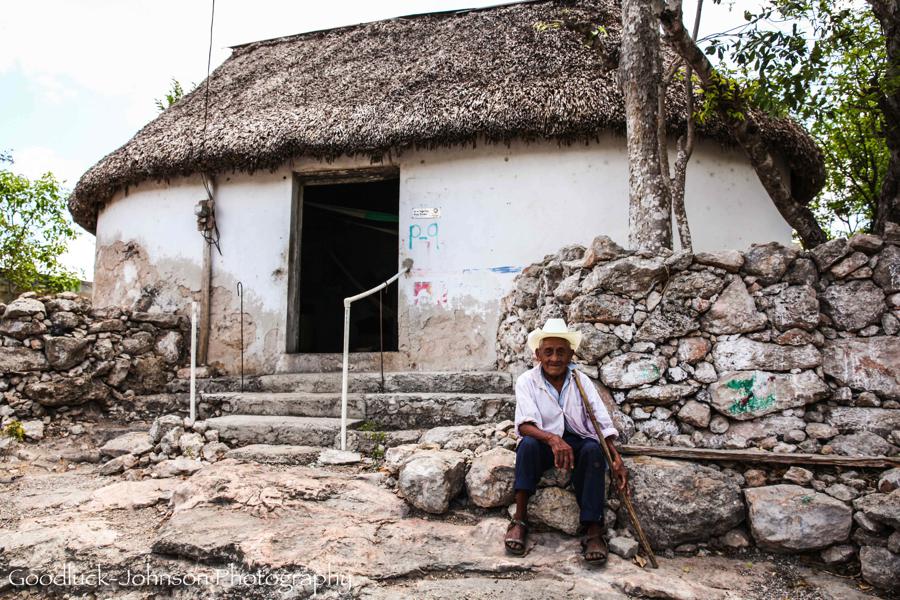
A Maya Experience in the Jungle
During our vacation here in 2017, one of our Airbnb’s was at a palapa in the jungle 20 minutes outside of Tulum. We got to know our hosts – Elisa and Alfredo – a couple from Mexico City that had the same question of “what happened to the Maya? Through their exploration they created a Maya experience on a plot of land where they live in the jungle. Alfredo was an architect who had been studying Maya architecture to build sets for Mexican made movies. He was able to take that knowledge to build several structures that were completely Mayan. They had several beautiful palapa loft houses with Yucatecan limestone rock paths and candlelight illuminating everything at night. It was magical.
Deep Impressions
Elisa gained her Maya knowledge by becoming an apprentice to Maya pottery makers, cooks, and artists in the nearby village. She made us a scrumptious, homemade Yucatecan Maya dish complete with mezcal for sipping. Having an amazing dinner, getting to know them and talking about everything from architecture, art, philosophy and Maya culture. We felt a hint of beauty and oneness with nature, with our first tiny immersion into a Maya based life. It was something that left a deep imprint on us. It had obviously made a deep impression on them too because they left their cosmopolitan life in Mexico City for a tiny Maya pueblo (Macario Gomez) to live as the Mayas do – simply and peacefully with nature.
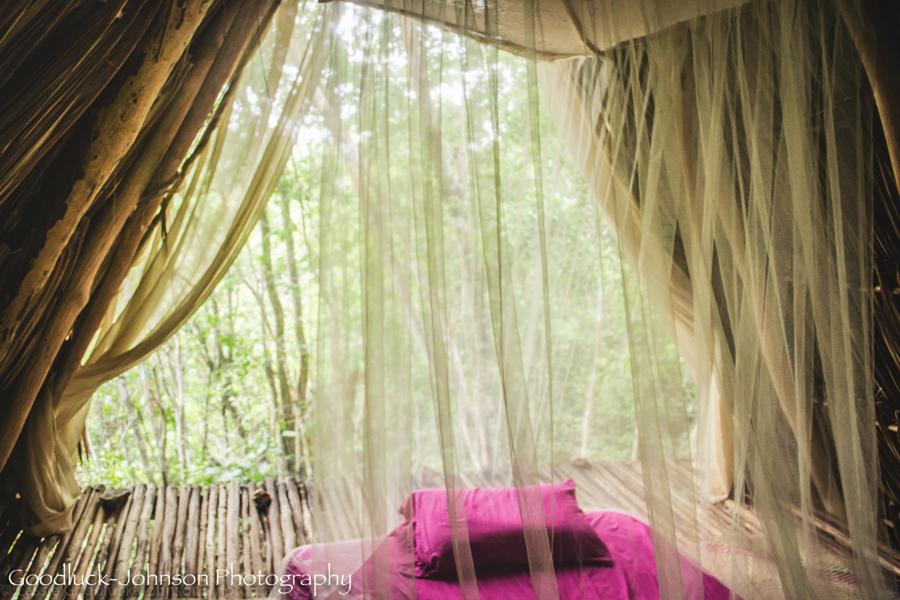
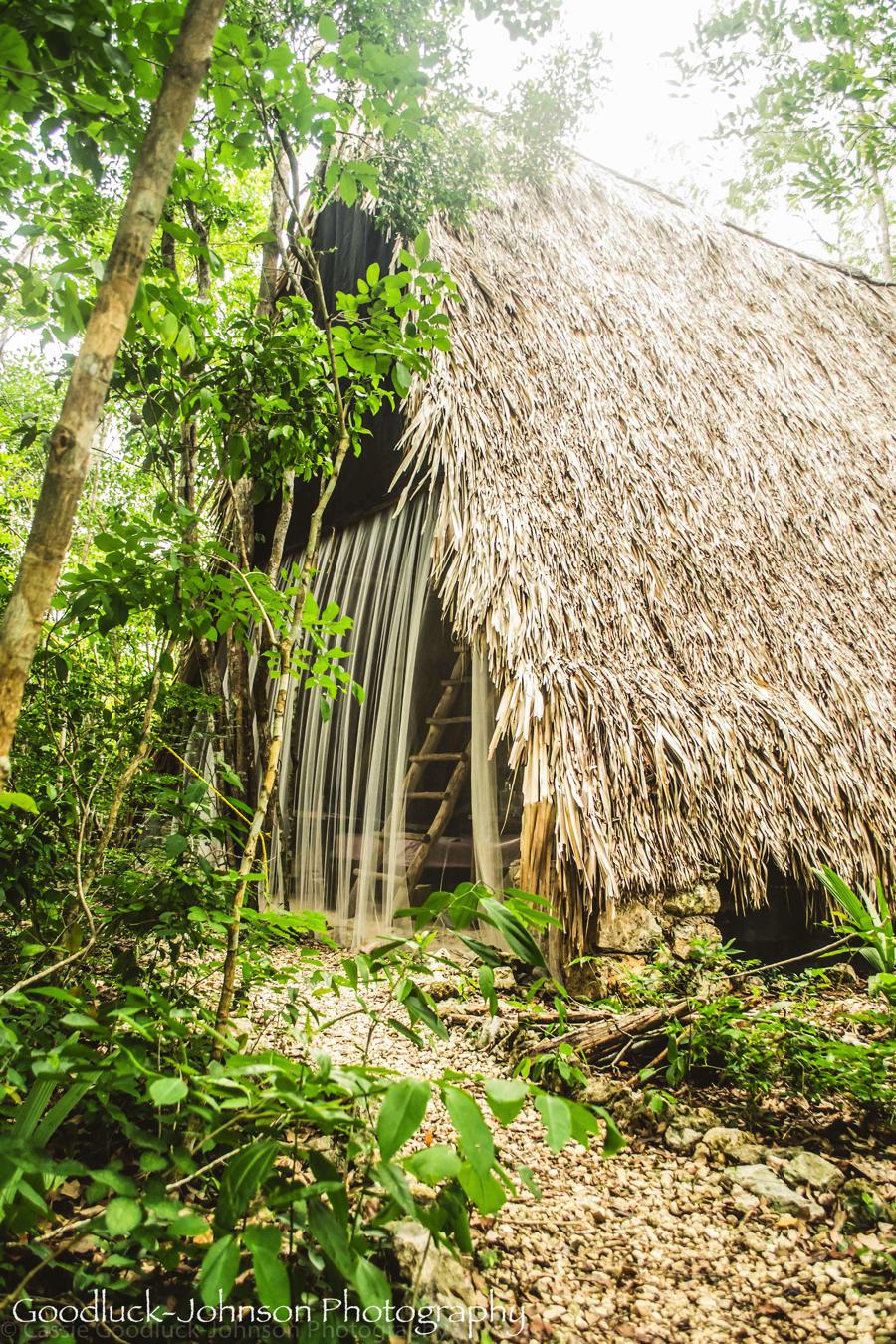
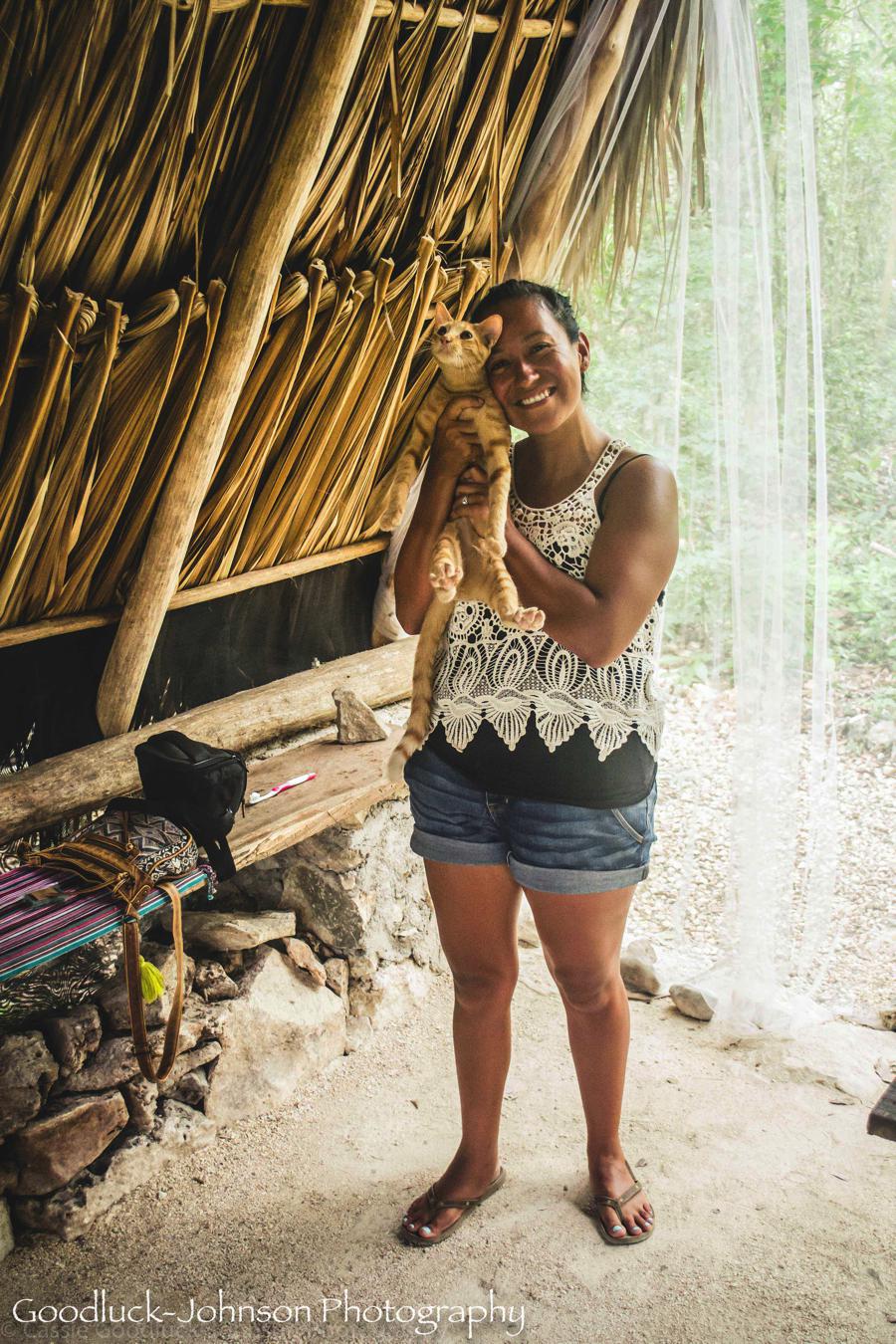
An Atmosphere of Kindness and Warmth
One thing that struck us when we first came here, especially as we ventured into the rural areas, is how peaceful, kind and welcoming the Maya people are. That kindness and sense of warmth feels like family. And it seems to naturally exude from every Maya person we’ve encountered (whether briefly or extensively). We think that kindness, sense of harmony, and laid-back attitude is what permeates this peninsula. We also believe it’s the major reason the Yucatan leaves such a deep impression on everyone who visits. (Combined with the jaw-dropping beauty of the warm, turquoise waters, the alive, green jungle and powder white limestone earth and cenotes).
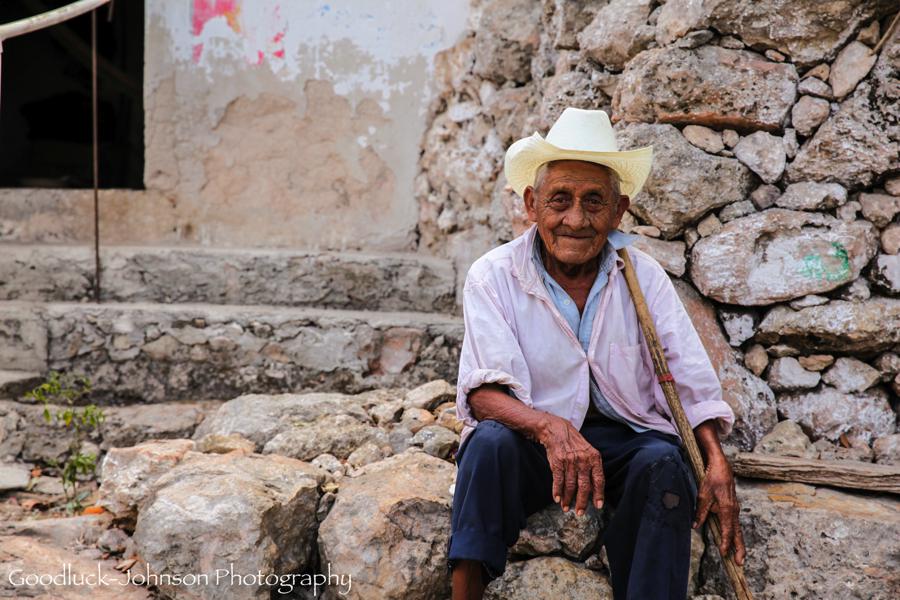
The Foundation of the Yucatan
The demeanor of the Maya living here feels unique and rare to us. Their warmth and kindness are so freely offered and received. You feel it in a smile or in a glance. You can’t help but feel like never going home. We realized that at the heart of this magical peninsula is the Maya – a people who have struggled and pushed through to continue to shape the Yucatan into what it is to this day. The Yucatan’s foundation is their warmth and peacefulness.
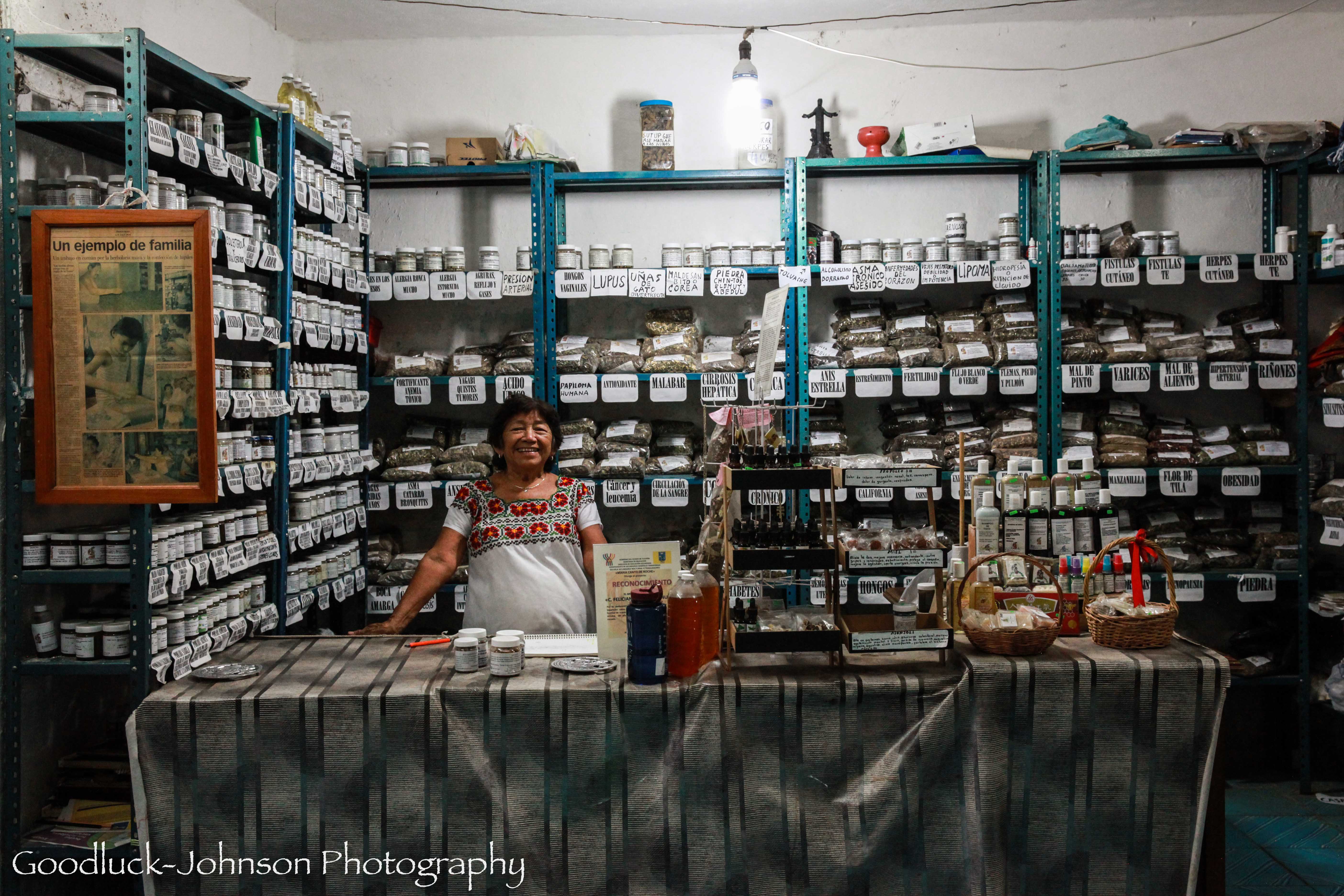


A Series on the Modern Maya & Their CultureSo
So where are the Maya? In this first post, we seek to introduce you to the Maya people of the Yucatan. Our intention is to create a series devoted to getting to know the modern Maya of the Yucatan, as well as their history and ancient civilization in more depth. We want to learn and share with you their stories, culture, language, way of life and the lens through which they see the world.
Get ready for several future blogs and vlogs focused on:
- Our visit to a Maya herbalist shop in Izamal & modern Maya healers
- Efrain, our Maya tour guide in Celestun & his life as a 4th generation fisher and expert on the mangrove ecosystem
- Old traditions prevailing in a modern world (milpa farming, weaving, corn, honey, etc.)
- Rural tourism in a Maya village
- Portrait photography
- Maya Museum in Merida and history of Mayas
- Lost cities in the jungle (archeological sites & pyramids)
- Maya cenotes & the Maya underworld
- Maya religion, cosmology, and timekeepers
- Maya legends and stories passed down to generations today
- Maya wisdom, knowledge and language
- Maya’s connection to nature and the Ceiba Tree
Thanks for reading and stay tuned for more in this series! If you have any thought or comments on your experience in the Yucatan or thoughts about “what happened to the Maya” leave a comment below.
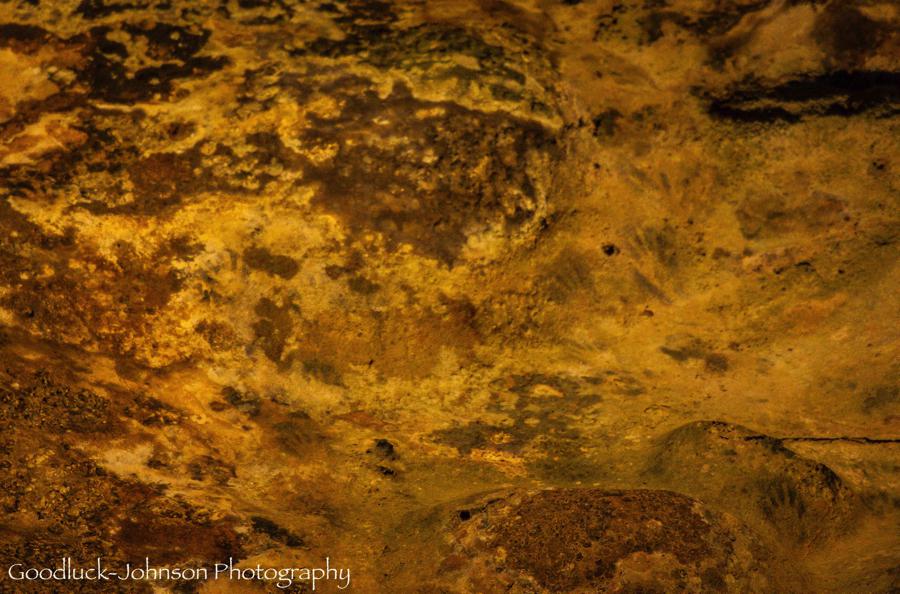

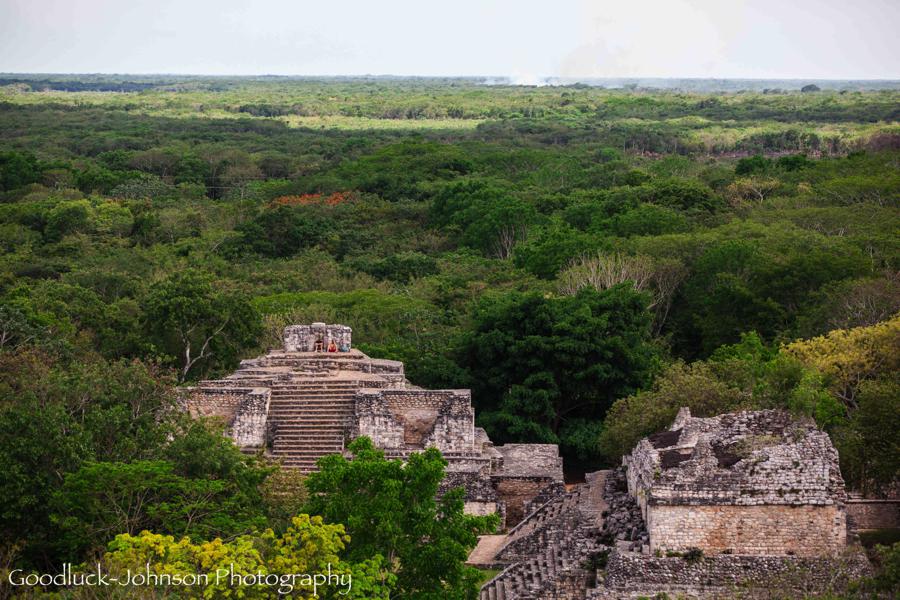


Like it? Pin It

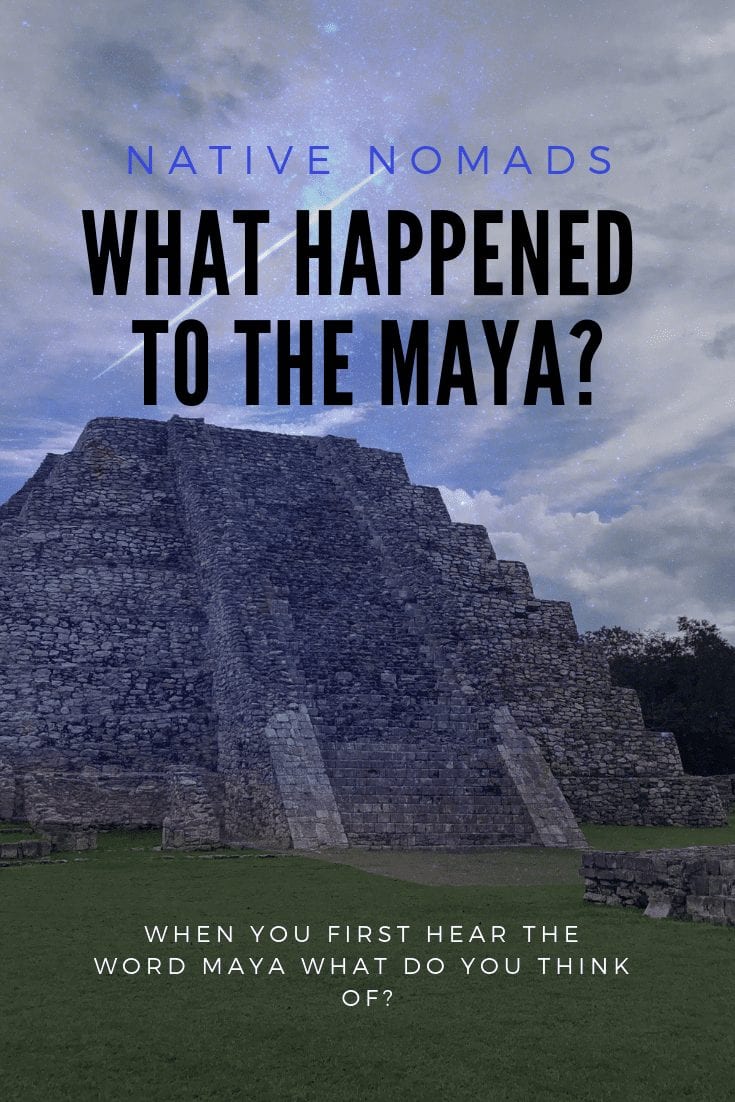









MARVELOUS! I’VE SAVED UP TO RETIRE IN A SMALL MAYA HOUSE IN THE CAMPECHE JUNGLES. I’d BE THERE BY NOW IF IT WEREN’T FOR THIS PANDEMIC. WHEN I DO GET THERE, I HOPE WE CAN MEET.
BEST WISHES,
CAYUQUI
We would love to 🙂